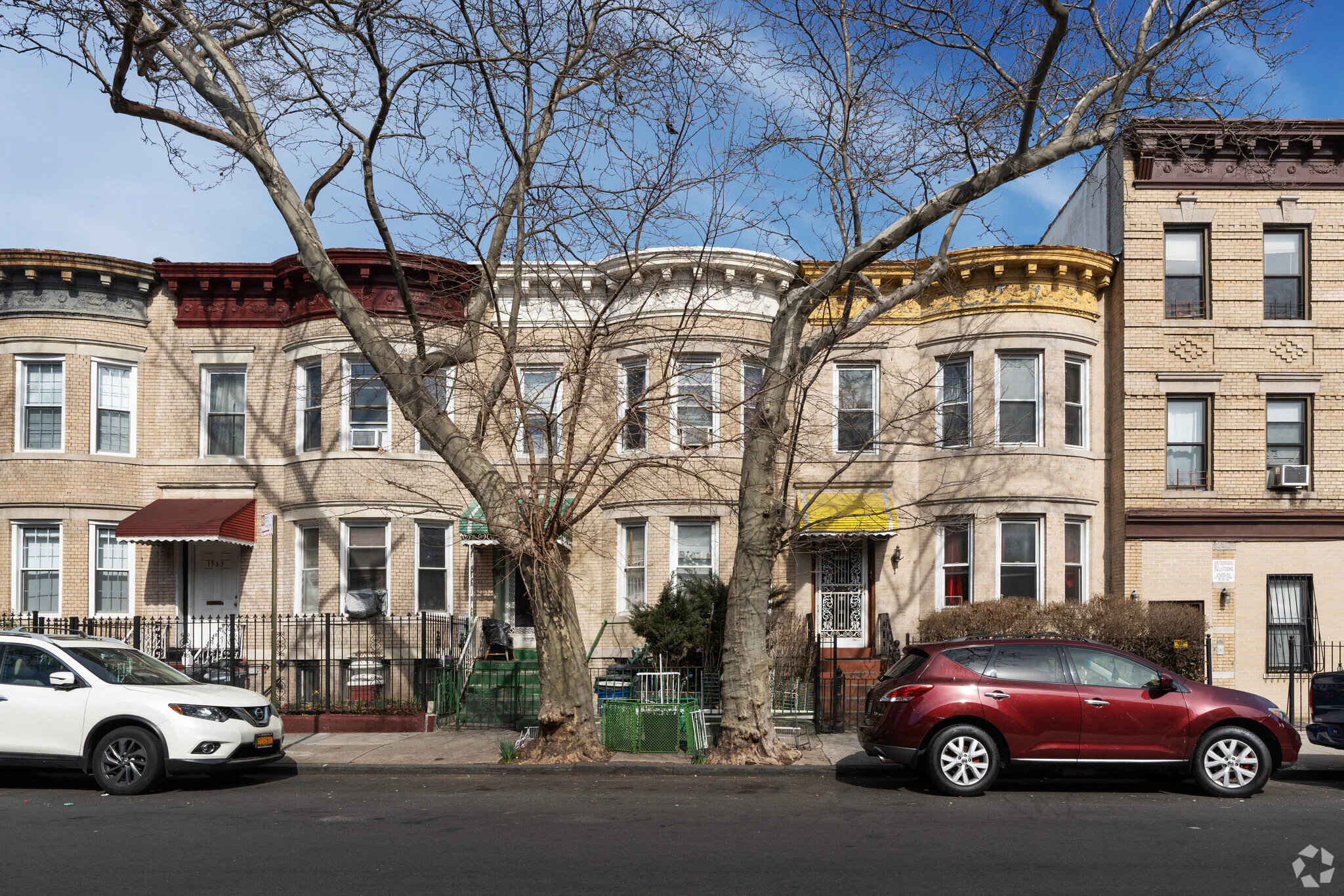
Crown Heights
The Royal Borough's Crown: Discovering Crown Heights, Brooklyn
Crown Heights, Brooklyn, is a neighborhood that truly pulsates with life, history, and an incredibly rich cultural mosaic. Stretching across a significant portion of central Brooklyn, it's a dynamic area defined by its beautiful historic brownstones, grand boulevards, and a vibrant fusion of long-standing communities and creative newcomers. It’s a compelling destination for those who appreciate architectural elegance, a powerful sense of community, and a neighborhood brimming with diverse traditions and modern energy.
A Storied Past, A Diverse Present
From Aristocratic Enclave to Cultural Crossroads: Crown Heights' origins lie in its development as an affluent residential area in the late 19th and early 20th centuries. Eastern Parkway, designed by Frederick Law Olmsted and Calvert Vaux (who also designed Central and Prospect Parks), became a grand tree-lined boulevard lined with mansions and elegant brownstones, attracting the city's elite. Over the decades, particularly in the mid-20th century, Crown Heights became a significant center for African American and Caribbean immigrant communities, contributing immensely to its cultural vibrancy. Simultaneously, it became the global headquarters of the Chabad-Lubavitch Hasidic Jewish movement, centered around 770 Eastern Parkway. This unique confluence of cultures has shaped Crown Heights into a truly diverse and resilient neighborhood, one that has navigated challenges and emerged with an even stronger sense of identity.
A Community Forged in Resilience and Celebration: Crown Heights is renowned for its strong, active, and deeply rooted communities. Despite periods of social tension in its past, the neighborhood has demonstrated remarkable resilience, with various groups working to foster understanding and cooperation. This commitment is vividly displayed in its annual events, most notably the spectacular West Indian American Day Carnival and Parade, which transforms Eastern Parkway into a joyous celebration of Caribbean culture. Beyond the large-scale events, local organizations and grassroots initiatives actively contribute to a thriving community spirit, fostering a sense of shared belonging among its diverse residents.
Real Estate in Crown Heights: Brownstone Grandeur and Modern Living
Real estate in Crown Heights is predominantly characterized by its magnificent 19th and early 20th-century brownstone and limestone rowhouses. These homes often feature classic architectural details such as ornate stoops, high ceilings, intricate moldings, and fireplaces, blending historic charm with modern updates. Beyond these iconic properties, the neighborhood also offers a significant number of cooperative and condominium units, found in beautifully converted pre-war buildings, sturdy brick walk-ups, and an increasing number of sleek, new developments that complement the existing streetscape.
A Dynamic and Appreciating Market: Properties in Crown Heights are consistently in high demand, reflecting the neighborhood's attractive lifestyle, architectural beauty, and excellent connectivity. As of June 2025, the median list price for homes in Crown Heights was approximately $1,250,000, up 13.6% from the previous year. For 4-bedroom homes, the median list price saw a significant increase of 39.5% year-over-year. While the market can be competitive, Crown Heights offers diverse opportunities, from grand single-family residences to well-appointed condo units.
Amenities and Connectivity: Cultural Gems and Culinary Delights
Crown Heights offers an impressive array of local amenities and superb transportation options, providing residents with a rich and convenient urban lifestyle.
A Cultural and Culinary Hub: Crown Heights is a treasure trove of cultural institutions and a burgeoning culinary destination. It's directly adjacent to the Brooklyn Museum, a world-class art museum, and the Brooklyn Botanic Garden, a stunning urban oasis. The Brooklyn Children's Museum and the Jewish Children's Museum offer engaging experiences for younger residents. The Weeksville Heritage Center preserves the history of one of America's first free Black communities.
The neighborhood's commercial corridors, particularly along Franklin Avenue, Nostrand Avenue, and Utica Avenue, are bustling with an eclectic mix of independent boutiques, lively bars, cozy cafes, and a diverse range of acclaimed restaurants. From authentic Caribbean and soul food eateries to trendy new American spots, artisanal bakeries, and international flavors, Crown Heights offers a delightful culinary scene.
Green Spaces and Local Life: Beyond the immediate proximity to Prospect Park, Crown Heights itself boasts beautiful tree-lined streets that provide a pleasant environment for strolling. Local community gardens and smaller parks, like Lincoln Terrace/Arthur S. Somers Park, offer green oases for relaxation and recreation. Eastern Parkway, with its wide promenade, is not just a thoroughfare but a significant public space for parades, gatherings, and leisurely walks.
Exceptional Transportation: Crown Heights boasts superb public transportation links, making commutes throughout Brooklyn and into Manhattan exceptionally convenient. Residents have quick access to multiple subway lines, including the 2, 3, 4, 5 (along Eastern Parkway), and the A, C (along Fulton Street), as well as the Franklin Avenue Shuttle. Numerous bus routes crisscross the neighborhood, enhancing local connectivity. Its high walkability and bike-friendly infrastructure make it easy to get around without a car.
Crown Heights, Brooklyn, is a neighborhood of unparalleled vibrancy, rich history, and profound community. Its architectural splendor, cultural diversity, and dynamic atmosphere make it an exceptionally desirable and engaging place to call home for those who want to experience the true heart of Brooklyn.
HOA: No (The vast majority of classic brownstones and multi-family homes in Crown Heights do not have a neighborhood-wide HOA. However, newer condominium and cooperative developments within the area will have their own HOAs or co-op boards.)
55+ Community: No